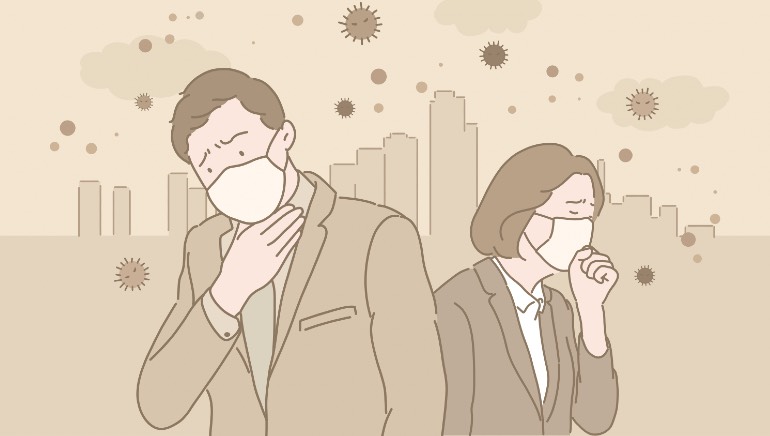
Delhi, one of the world’s most contaminated urban communities, encountered a transitory rest from the dangerous air quality after downpour washed away the harmful dimness. Regardless of the improvement, the air quality remaining parts in “poor people” class, as per the Focal Contamination Control Board (CPCB). This article investigates the new advancements in Delhi’s air quality, measures taken to battle contamination, and the effect of precipitation on the area.
Thank you for reading this post, don't forget to subscribe!1. Current Air Quality Status:
As per the CPCB, the Air Quality File (AQI) in key regions like Anand Vihar, RK Puram, Punjabi Bagh, and ITO stays in “poor people” classification. The recorded AQI values are 282, 220, 236, and 263, individually.
2. Relief After Rainfall:
Delhi saw seven days of choking out contamination, with hurtful molecule levels taking off up to multiple times the World Wellbeing Association’s protected breaking point. The new precipitation gave brief alleviation by dispelling any confusion. Nonetheless, the general air quality actually presents wellbeing dangers to inhabitants.
3. Impact on Contamination Control Measures:
Delhi Police escalated assessments at section guides like Ghazipur and Tikri borders toward uphold the Evaluated Reaction Activity Plan (GRAP) Stage IV guidelines. Just CNG, electric, and BS VI-consistent vehicles from different states are allowed to enter the city under these guidelines.
4. Weather Forecast:
The climate office predicts somewhat overcast skies with fog or shallow haze in the mornings on Sunday and Monday. The ensuing days are supposed to have fundamentally clear skies with shallow haze, offering a blended gauge for air quality improvement.
5. Crackdown on Stubble Burning:
Light to direct precipitation across Punjab brought help from ranch fires, with just six dynamic cases detailed. Punjab has seen a decay of 68% in stubble consuming episodes after a crackdown on ranchers participating in this training. This has contributed emphatically to the air quality in the area.
6. Impact on Diwali Celebrations:
The sped up expected after the entry of a western unsettling influence could support scattering toxins. This improvement in air quality is essential as Diwali, the celebration of lights, approaches. Clear skies and diminished contamination levels would upgrade the generally merry experience.
While the new precipitation has given some help, Delhi’s fight with air contamination continues. Tough measures, remembering authorization of against contamination guidelines and crackdowns for stubble consuming, are significant for supporting the positive effect. As Diwali approaches, the city stays confident about superior air quality, underlining the requirement for aggregate endeavors to battle contamination and guarantee a better climate for all occupants.
Click To Go Back: www/usaplanetnews.com
- Jimmy Kimmel and Colbert Brutally Roast Trump’s ‘Valentine’ Email to Melania
- Megan Fox Slams Claims About Her Looks After Viral Taylor Swift Pic
- Immigration Wave Delivers Economic Windfall
- Iowa Losing Average size Homesteads as Littlest and Biggest
- Joel Osteen megachurch Shooting at Texas during Sunday services
- Biden Escapes Legal but Not Political Peril in Classified Document Probe
- President Biden Defends Mental Fitness Amidst Criticism
- US Senate holds procedural vote on aid bill for Ukraine
- Trump said he might ignore NATO’s duty to defend
- Best thrillers to watch on Netflix this February
- Biden faces political nightmare with special counsel investigation
- OpenAI CEO Sam Altman looking to raise trillions of dollars
- Nawaz Sharif Loses From Mansehra
- Impossible to be defeated in Ukraine Russian President Vladimir Putin to Tucker Carlson
- US Supreme Court leans against Trump disqualification